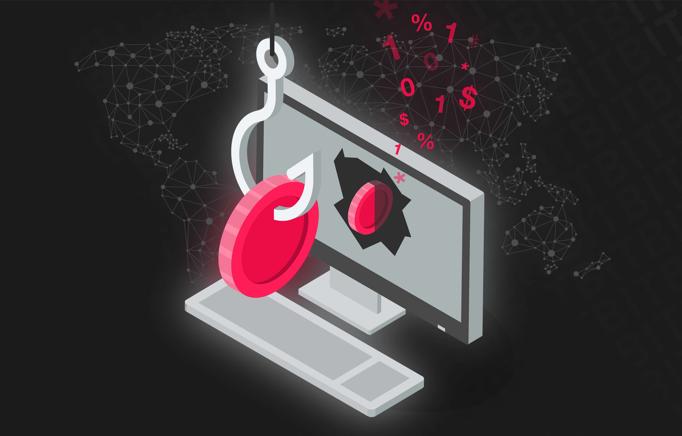What is cryptojacking
Crypto for Advanced
Other articles
Cryptojacking is a malware that infects a mobile device or computer and then uses mining techniques to generate bitcoin. Cryptocurrency is a type of digital or virtual money that takes the shape of coins or tokens. Bitcoin is the most well-known example, but there are over 3,000 different varieties of cryptocurrency. While some cryptocurrencies have made their way into the actual world through credit cards and other means, the vast majority are still virtual.
Cryptocurrencies use a blockchain, which is a distributed database. The blockchain is updated on a regular basis with information on transactions that have taken place since the last update. A sophisticated mathematical mechanism determines how each batch of recent transactions is consolidated into a "block." Individuals must supply computational power for cryptocurrencies to be able to build new blocks. People who contribute the necessary computing power are rewarded with cryptocurrency. Cryptominers are those who give computational capabilities in return for cash.
Larger cryptocurrencies usually employ groups of miners who utilize specialized computer rigs to do the necessary mathematical computations. This process necessitates a substantial quantity of electricity—the Bitcoin network, for example, consumes approximately 73TWh of electricity year.
Malicious mining is less devastating than other cyber dangers like ransomware, but that doesn't mean it shouldn't be taken seriously. An enterprise may suffer both indirect and direct costs because of cryptojacking assaults. The targeted are the ones who must pay for the computer power in the end. Mining adds to the aging of hardware by overworking processor cores, especially cores belonging to discrete graphics cards, to allow harmful bitcoin extraction. These expenses are exacerbated by the fact that cryptojacking assaults sometimes lie undiscovered for months, making it impossible to quantify their full impact.
Cryptojacking hackers have two most common strategies to get a picked computer to mine cryptocurrencies for them. One way is by downloading the code to their computer. This is done through the phishing method, where the link contains malicious code. This script code then runs in the background. Second strategy is by injecting, which means that the malicious code is in an advertisement or website and is then distributed to multiple sites. Once the targeted person opens an ad, script gets activated automatically, meaning that there is no physical code or script on victims’ computer. If an attacker decides to use both methods combined at the same time, the attack is called hybrid attack.
While it is hard to recognize the code running in the background, here are some tips how to notice that something is wrong:
- Overheating of computer
- Decreased performance of the computer
- Unusual and high usage of CPU
To make sure everything is alright, use antivirus program from time to time.


